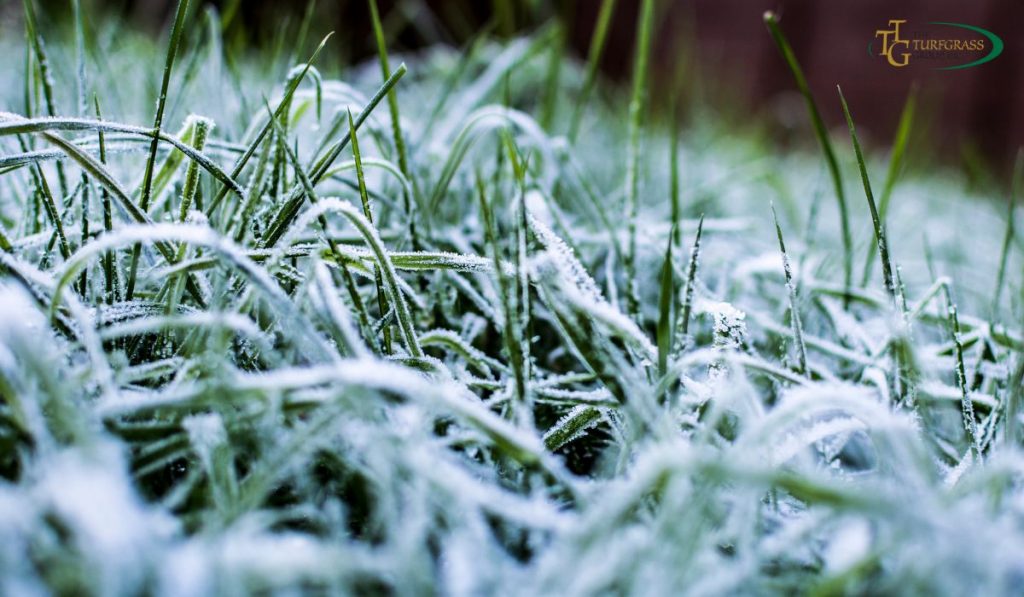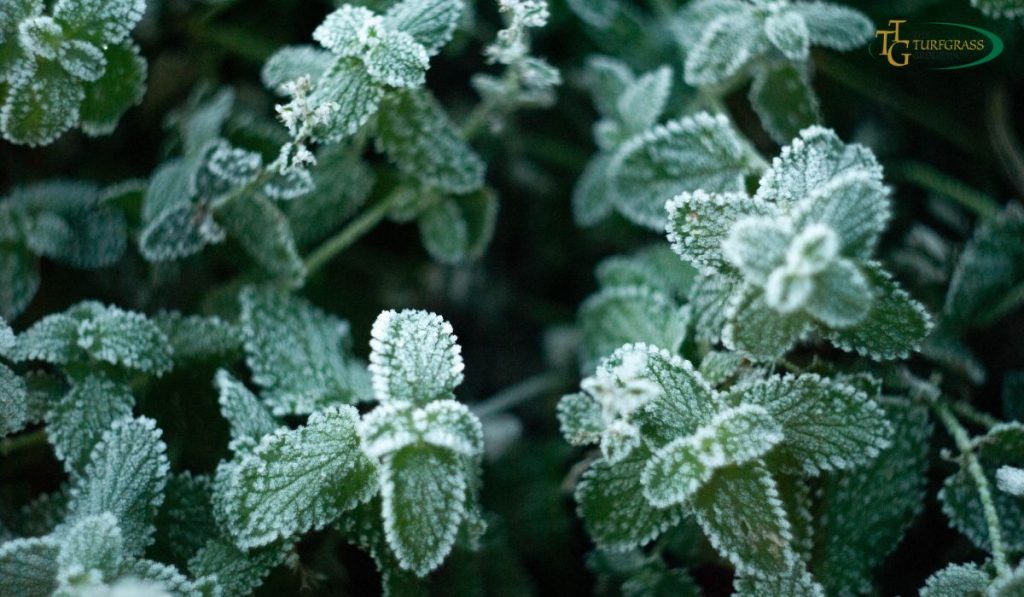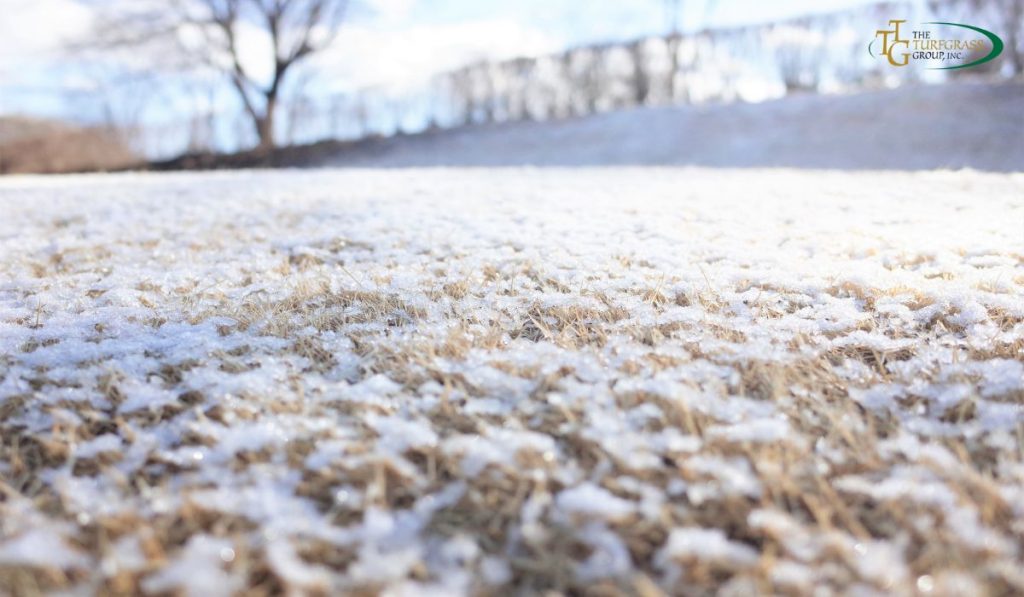
As winter arrives, maintaining a green and healthy lawn becomes a challenge due to reduced sunlight and colder temperatures.
However, there’s a solution that can ensure your lawn stays vibrant throughout the winter season – planting winter grass.
In this blog post, we’ll explore the concept of winter grass, its benefits, and how you can successfully plant it to save your lawn from turning brown or dying during the cold months.
What is Winter Grass?
Winter grass refers to winter-hardy grass varieties that thrive during colder months.
Unlike warm-season grasses that go dormant in winter, winter grass can be planted alongside them to maintain a green and lush lawn all year round.
These grasses are often soft and lush, adding an extra touch of beauty to your winter landscape.
Recommended Winter Grass Varieties
Several varieties of winter grass are suitable for maintaining a green lawn during the cold months.
Some popular choices include winter rye, ryegrass, and winter wheatgrass.
These grasses grow vigorously during winter and die off naturally as warmer weather returns.
When selecting the best winter grass variety for your lawn, it’s advisable to seek guidance from professionals at your local nursery or garden center.
How to Plant Winter Grass

Planting winter grass is a straightforward process that can be accomplished with the following steps:
- Prepare the Lawn: Remove any dead or dying patches of grass from your lawn using a rake or shovel, ensuring a clean and even surface.
- Add Compost: Spread a thin layer of compost (about ¼ inch) over the entire lawn surface.
Compost provides essential nutrients and improves soil health. - Create Planting Holes: Dig small holes in the designated patches where you intend to plant winter grass seeds.
Each hole should be approximately twice the size of the seed. - Plant the Seeds: Sow the winter grass seeds into each hole and cover them with soil. Gently press the soil down to ensure proper seed-to-soil contact.
- Watering Schedule: Water the newly planted winter grass daily for the first week to promote germination.
Afterward, water twice a week for the next month or until the grass establishes itself. - Monitor Growth: Keep a close eye on the winter grass throughout the season and mow it when it reaches a height of about four inches.
The Benefits of Winter Grass
- Maintains Healthy Soil
Planting winter grass acts as a placeholder during the dormant winter period.
The grass constantly works on the soil, enriching it and making it healthier for your summer lawn.
Healthy soil is the foundation for a lush and vibrant lawn throughout the year.
- Prevents Erosion
Winter rains can cause soil erosion, especially in yards near bodies of water.
Winter grass helps anchor the soil, preventing erosion and protecting your landscape from damage.
- Easy Transition
As winter grass naturally dies off in spring, it creates a smooth transition for other warm-season grasses to establish and thrive.
This transition ensures a consistently green lawn throughout the changing seasons.
- Non-Invasive Options
Some winter grass varieties, like winter wheatgrass, are non-invasive and easy to maintain.
They are an excellent choice for those new to growing winter grass and looking for a simple-care solution.
A Winter Lawn vs. A Dead Lawn
A lawn with winter grass presents a beautiful green canvas, adding appeal to your landscape during the colder months.
Unlike a dormant or dead lawn, which can create an unsightly and lifeless appearance, a winter lawn keeps your outdoor space looking inviting and well-kept.
Conclusion
With the right knowledge and by planting winter grass, you can save your lawn from the harsh effects of winter.
These hardy grass varieties provide a green and lush lawn during the colder months, maintaining healthy soil and preventing erosion.
Winter grass not only acts as a placeholder but also ensures an easy transition for your summer lawn.
Choose the best winter grass variety for your region, follow the planting process, and enjoy a vibrant and beautiful lawn all year round!
For more expert advice on winter grasses and lawn care, consider reaching out to The Turfgrass Group.
They have a wealth of knowledge and can help you find the perfect grass variety for your specific needs.
Remember, with winter grass, a brown lawn in winter can be a thing of the past – welcome a green lawn all year long!
FAQs
What is winter grass?
Winter grass refers to winter-hardy grass varieties that stay green and thrive during colder months when other warm-season grasses go dormant.
What are some recommended winter grass varieties?
Some popular winter grass varieties include winter rye, ryegrass, and winter wheatgrass. Consult experts at your local nursery for suitable options.
How do I plant winter grass?

To plant winter grass, prepare your lawn, add compost, create planting holes, sow the seeds, water regularly, and mow when necessary.
What are the benefits of planting winter grass?
Winter grass maintains healthy soil, prevents erosion, facilitates an easy transition to summer grass, and offers non-invasive options for easy care.
Why is a winter lawn preferable to a dormant or dead lawn?
A winter lawn keeps your landscape green and inviting during the colder months, enhancing the overall appeal of your outdoor space.
Can winter grass help prevent soil erosion?
Yes, winter grass helps anchor the soil, preventing erosion, which is especially beneficial for yards near bodies of water.
Is winter grass suitable for all regions?
Different winter grass varieties thrive in various regions. Consult with local experts to choose the best winter grass for your area.
How often should I water newly planted winter grass?
Water newly planted winter grass daily for the first week, then twice a week for the next month or until it establishes itself.
Will winter grass die off in the spring?
Yes, winter grass naturally dies off as warmer weather returns, creating a smooth transition for other warm-season grasses to grow.
Can I mix winter grass with other types of grass?
Yes, you can plant winter grass alongside other warm-season grasses to maintain a green lawn year-round.
Is winter grass low maintenance?
Some winter grass varieties, like winter wheatgrass, are non-invasive and require minimal care, making them a good option for those new to growing winter grass.
Can I still enjoy my lawn in winter with winter grass?
Yes, planting winter grass allows you to enjoy a green and beautiful lawn even during the colder months of winter.
How can I find the best winter grass variety for my yard?
Seek guidance from professionals at your local nursery or garden center to select the most suitable winter grass for your region and needs.
What’s the key to maintaining a healthy lawn throughout the year?
The key to a healthy lawn all year round is maintaining healthy soil. Winter grass helps enrich the soil, contributing to the overall health of your lawn.
What other lawn care tips should I consider for a beautiful lawn?
For more lawn care tips and advice, consult experts like The Turfgrass Group, who can provide guidance on proper lawn maintenance and care.